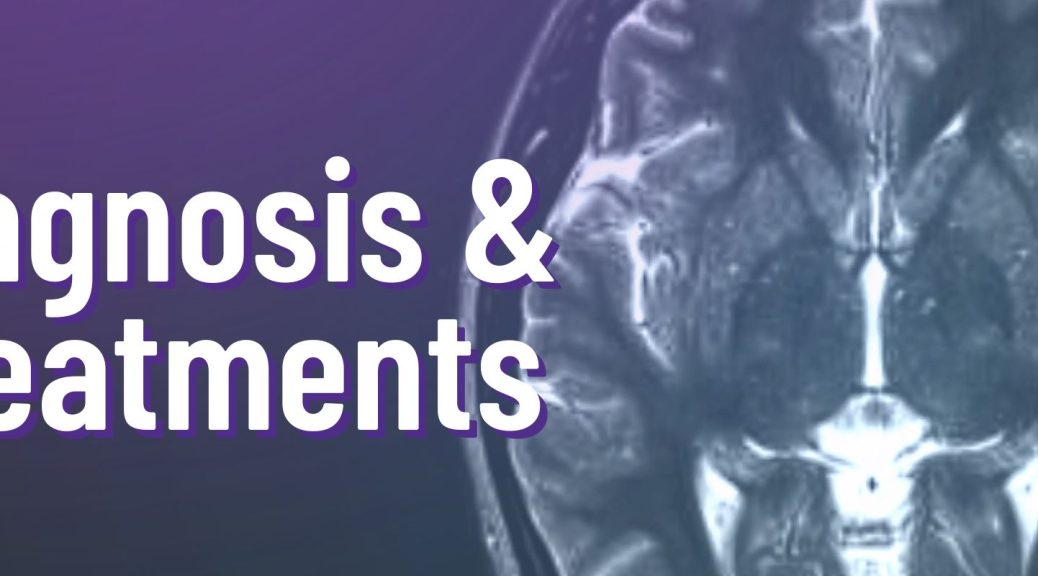Diagnosis and Treatments

How is epilepsy diagnosed?
Having seizures does not always mean that someone has epilepsy. Diagnosing epilepsy is a multi-step process. A doctor will consider an individual’s medical history and a description of their seizures when diagnosing epilepsy. They may also use various tests to pinpoint the cause and nature of the seizures. Possible tests include:
- Electroencephalogram (EEG): Records brain activity to detect abnormal electrical patterns linked to seizures.
- Neuroimaging (MRI or CT scans): Provides detailed images of the brain to identify structural abnormalities like tumours, lesions, or malformations that may cause seizures.
After assessing the type of seizures and ruling out other conditions, a doctor, neurologist or epidemiologist will determine if the seizures indicate epilepsy.
What Treatment Options Are Available for Epilepsy?
While there is currently no cure for epilepsy, various highly effective treatment options are available to help reduce or eliminate seizures and enhance quality of life. Treatment is tailored to the individual and must be overseen by a healthcare professional. Treatment options depend on several factors, including the type of epilepsy and seizures, an individual’s response to prior treatment, and the person’s age and overall health.
Common treatments include:
- Anti-seizure medications (ASMs): These are the most common and often effective treatments. Approximately 70% of people with epilepsy’s seizures can be controlled with ASMs. There are many types of ASMs and the choice of which one is prescribed may be based on variables such as the type of seizures, and possible side effects of each medication. To learn more about some of the most common ASMs, check out our Anti-Seiszure Medication Fact Sheets.
- Epilepsy Surgery: In cases where medications are ineffective, surgery may be considered. Surgery is typically an option for individuals with drug-resistant epilepsy, where seizures originate from one identifiable area of the brain. To learn more about epilepsy surgery and our Surgery Support Group, visit our Epilepsy Surgery page.
- Dietary Therapies: Visit our Diet and Nutrition page to learn more about how diet can affect people living with epilepsy and how the Ketogenic diet specifically can help some individuals, especially children with epilepsy that does not respond well to medications.
- Vagus Nerve Stimulation (VNS): A device implanted in the chest stimulates the vagus nerve to help reduce seizure frequency. To learn more, check out our Webinar on VNS Therapy; to hear first-hand experiences about life with a VNS watch What it’s Like – VNS Life!; for more information from a company that provides this VNS therapy, visit LivaNova’s website.
For more information on epilepsy treatments, speak to your healthcare provider or visit Ontario Epilepsy Guidelines.
In addition to medical and surgical treatments, lifestyle changes, counselling, and support services can help individuals manage epilepsy and live fulfilling lives. To speak to an Epilepsy Toronto councillor, please complete an intake form.
Please visit our Cannabis and Epilepsy page or our Complimentary Therapies page for further information on either of these topics.